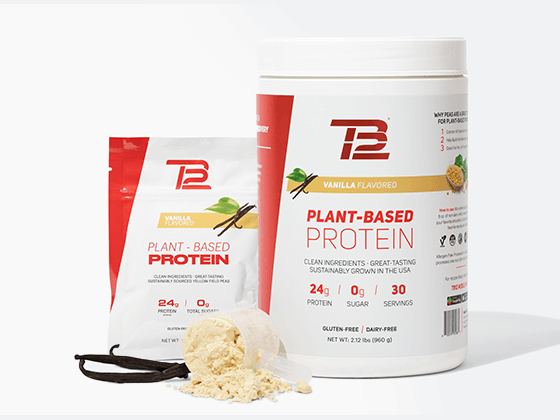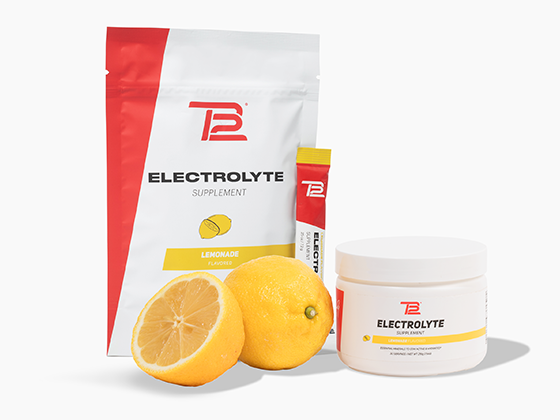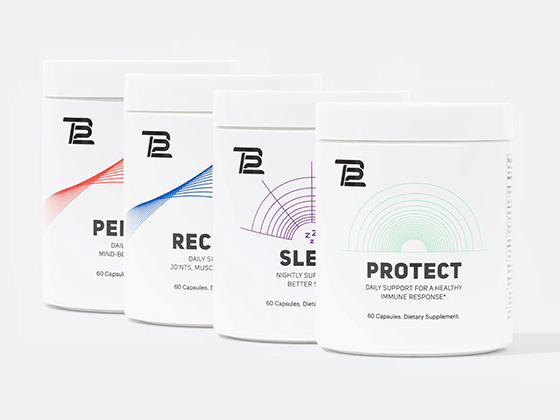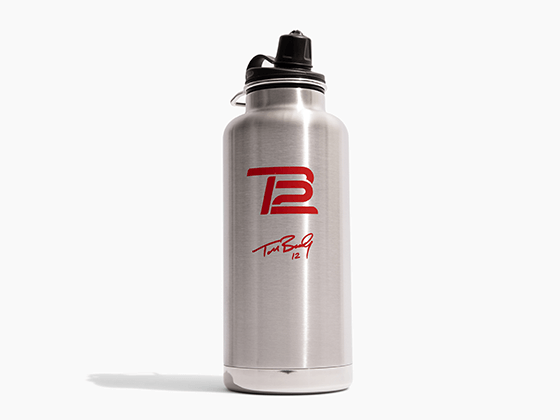Chances are if you’re reading this article, you probably don’t need me to tell you how debilitating low back pain can be – what you may not know, though, is what you can do to improve the health of your lower back.
With all the information out there, it can be difficult to navigate through differing opinions and treatment strategies, so let this serve as your complete guide to self-managing your low back pain. Our holistic approach has proven time and time again to successfully help individuals manage, resolve, and prevent low back pain.
Get back to the activities you love most and feeling better in 30 days!
Hydration
The lower back is made up of five individual vertebrae and numerous supportive muscles; in between the vertebrae sit discs that help provide cushion to the spine, and these muscles and discs are made up of more than 70% water. When the muscles become dehydrated, they become short, dense and stiff. When the discs become dehydrated, they can shrink – causing an increased risk of wear and tear on the spinal segments.
It’s important to try and reach half your body weight in fluid ounces of water on a daily basis to give the muscle and discs the hydration they need to function. For those dealing with muscle spasms, consider supplementing your water intake with TB12 Electrolytes, as muscle spasms can often be triggered by chemical imbalances that lead to impaired signaling by our nerves. Supply your body with the electrolytes needed to make sure those nerves function properly.
Nutrition
The foods we eat play a significant role in the way we feel and function. The key is identifying what foods have the potential to raise or lower our body’s overall level of inflammation.
Whenever we experience pain, there is always a degree of inflammation occurring that contributes to our sense of discomfort. Managing levels of inflammation through nutrition is a key part of maintaining a healthy back. Limiting your intake of white grains (white bread, potatoes, chips), fried foods, processed/red meats, dairy, gluten and sugars in excess is a good start toward minimizing pro-inflammatory options.
We emphasize diets high in seasonal vegetables, fresh fruits, lean meats, and healthy fats to optimize anti-inflammatory properties within the body. For more information, check out our TB12 Nutrition Guide.
Functional Exercise
To protect our lower back, it’s important to build stability around our lower spine and pelvis. Our pelvis and hips act as the foundation to our lumbar spine.
To promote a stable base for the spine to sit, we need to train our gluteal and hip muscles to function at their best. We also need to train our core muscles to stabilize the spine and reduce the impact activity has on our lower backs.
Here are four simple exercises you should incorporate into your daily routine to help eliminate and prevent future episodes of low back pain:
- Glute Bridge 3 Sets of 10 Reps
Focus on pure gluteal activation and eliminate hamstring activity by driving through the heel. - Lateral Band Walks - 4 Sets of 20 Seconds
Maintain a slight bend to the knees, keep the feet pointed straight forward throughout. - Pallof Press - 3 Sets of 10 Reps
Keep the core and glutes engaged throughout, don’t shift your body weight toward the band - Bird Dog - 3 Sets of 10 Reps
Keep the core engaged throughout, avoid lower trunk rotation with leg elevation.
Pliability
Pliability describes a state of muscle. A pliable muscle is able to activate to 100% muscle function when needed, and fully relax and contract when not needed. Pliable tissue is adequately nourished and hydrated, as well as resilient and resistant to injury.
For example, core muscles that are pliable are able protect the low back to their full potential when performing dynamic activity.
Pliable low back muscles are able to avoid excessive strain by relaxing when they are not being used. Our TB12 Vibrating Pliability Roller is a crucial tool for anybody dealing with low back pain. These devices are able to reduce tension and restore optimal function in the muscles that support the low back – all of which will help alleviate the pain and discomfort you feel in that area.
Here are a few key areas to focus on when doing pliability for your lower back pain:
Low Back
Glutes
Quads
Hamstrings







